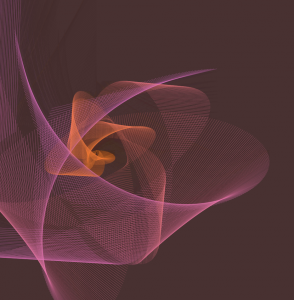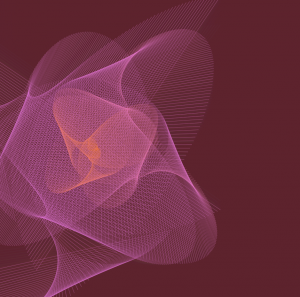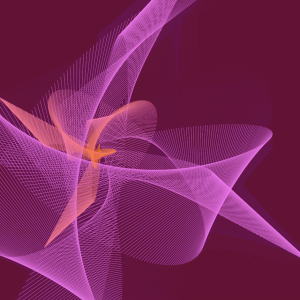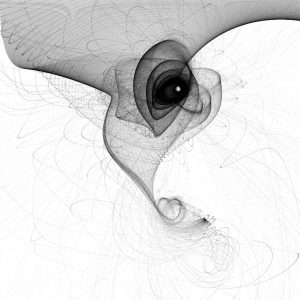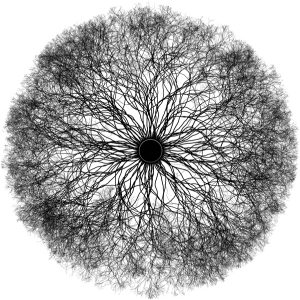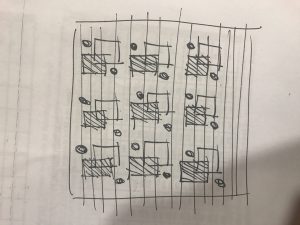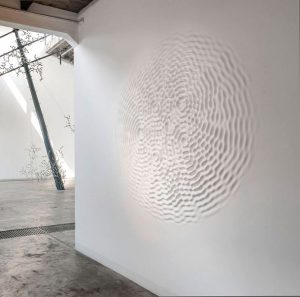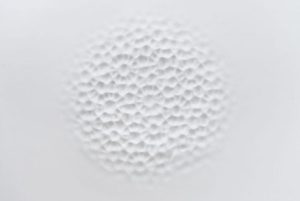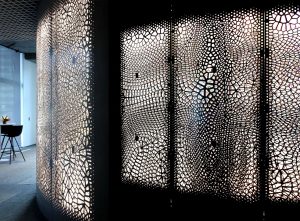project06-3.js
//shariwa sharada
//ssharada@andrew.cmu.edu
//project 06
//section a
//creating global var to be used in varyingly in different functions
var diameter;
//array of points for x point of second ellipses - 60 variables for 60 seconds
var placeX = [300,305,310,320,325,330,340,345,350,360,365,370,380,385,390,400,405,410,420,425,430,440,445,450,460,465,470,480,485,490,500,505,510,520,525,530,540,545,550,560,565,570,580,585,590,600,605,610,620,625,630,640,645,650,660,665,670,680,690,700]
//array of points for y point of second ellipses - 60 variables for 60 seconds
var placeY = [300,305,310,320,325,330,340,345,350,360,365,370,380,385,390,400,405,410,420,425,430,440,445,450,460,465,470,480,485,490,500,505,510,520,525,530,540,545,550,560,565,570,580,585,590,600,605,610,620,625,630,640,645,650,660,665,670,680,690,700]
//array of points for x point of minute ellipses - 60 variables for 60 minutes
var placeXMin = [50,60,75,85,100,110,125,135,150,160,175,185,200,210,225,235,250,260,275,285,300,310,325,335,350,360,375,385,400,410,425,435,450,460,475,485,500,510,525,550,575,600,625,650,675,700,725,750,775,800,825,850,875,900,925,950]
//array of points for y point of hour lines - 24 variables for 24 hours
var placeYHr = [50,75,121,150,176,200,253,300,350,375,450,473,500,550,600,675,699,737,775,803,825,869,900,925]
function setup(){
createCanvas(500,500);
}
function draw(){
background(0);
var hr = hour(); //hour variable
var mn = minute(); //minute variable
var sc = second();//second variable
//creating the ellipses for the seconds
//this draws the same number of ellipses at the given second
//the ellipses position change with each second
push();
for (var i = 0; i<sc; i++){ //for loop relative to the number of seconds
var diameter = random(20,180);
frameRate(1);
fill(random(214,254), random(92,132), random(131,171), random(0,70)); //adding transparencies to the fill
stroke(random(214,254), random(92,132), random(131,171), random(120,225));
strokeWeight(random(0.5, 2.3));
ellipseX = random(placeX); //making the index value chosen from the array random
ellipseY = random(placeY); //making the index value chosen from the array random
ellipse(ellipseX/2, ellipseY/2, diameter/2, diameter/2); //drawing the ellipses
}
pop();
//making the minutes ellipses
//the position of the ellipses in the y axis does not change
//this draws the same number of ellipses at the given minute.
push();
for (var j = 0; j<mn; j++){ //for loop relative to the number of minutes
stroke(random(215,255), random(174,214), random(5,45), random(70,100));//randomising stroke colours
fill(255, 194, 25, 70);
strokeWeight(random(0.1, 1.2));
drawMin(placeXMin[j]/2); //making it relaitive to the x value of the ellipse and the for loop
//calling it from another functions that defines what to draw
}
pop();
//making the hour lines/blobs
//the position of these blobs does not change in the x direction
//this draws the same number of lines as the number of hours in a range of 1-24
push();
for (var k = 0; k<hr; k++){ //making the for loop relative to the hour
stroke(random(0,40), random(137,177), random(155,195));
fill(20, 157, 175, 10);
strokeWeight(random(5, 10));//making the lines blobs
drawHr(placeYHr[k]/2);//making it relative to hour variable, the for loop, y position array
}
pop();
}
//giving the parameters for the ellipses drawn for the minutes representation
function drawMin(x){
var diameter = random(10,50);
ellipse(x, width/2, diameter/2, diameter/2);//only calling fro the x position to be changed.
}
//giving the parameters for the lines drawn for the hours representation
function drawHr(y){
var diameter = random(30,70);
line(height/2, y, height/2, y+5); //only calling the y value to be changed
}
For this project I was inspired by the gear system that watches have. The way the ellipses interact represent the complexity of a traditional gear system.
Everything is relative to the second values which is why everything moves as the second changes but the objects are only added as the individual variable changes. This is similar to the idea that in a gear system, if even one part if off by the slightest bit, everything is affected.
The pink ellipses depict the seconds – the number of these ellipses show the number of seconds that have passed, and every second that goes by the placement of these ellipses randomises while adding another ellipse i.e.: a second.
The yellow ellipses represent the minutes with the number of minutes increasing from left to right as the number of minutes increase.
The central blobs represent the hours in a 24 hours clock with the number increasing from top to bottom as the number of hours increase.
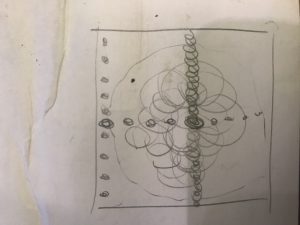
![[OLD FALL 2017] 15-104 • Introduction to Computing for Creative Practice](../../../../wp-content/uploads/2020/08/stop-banner.png)
